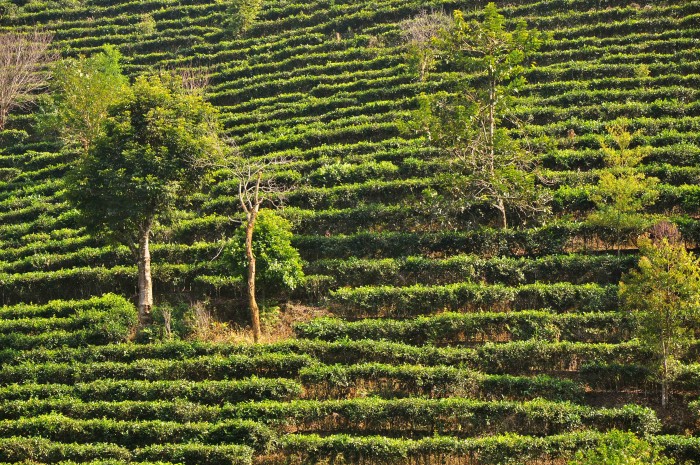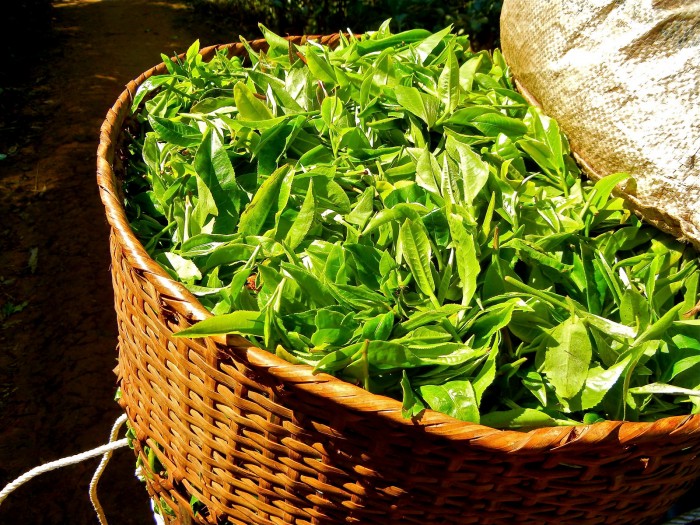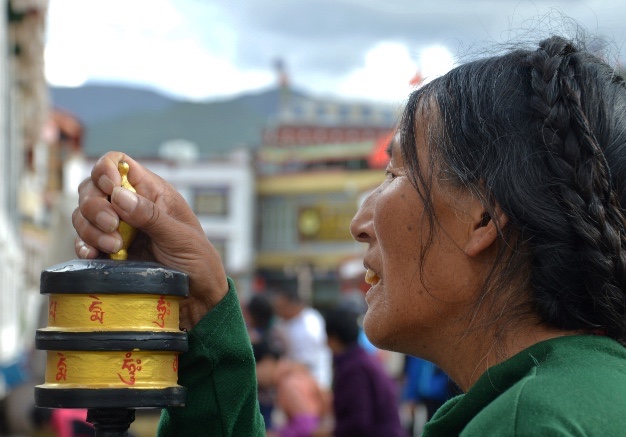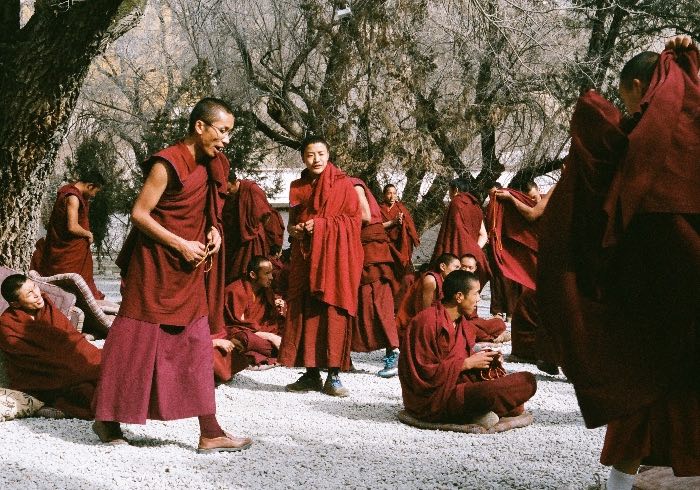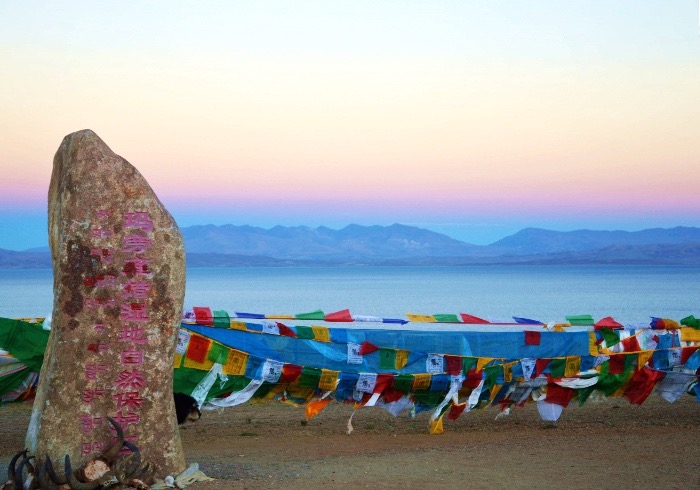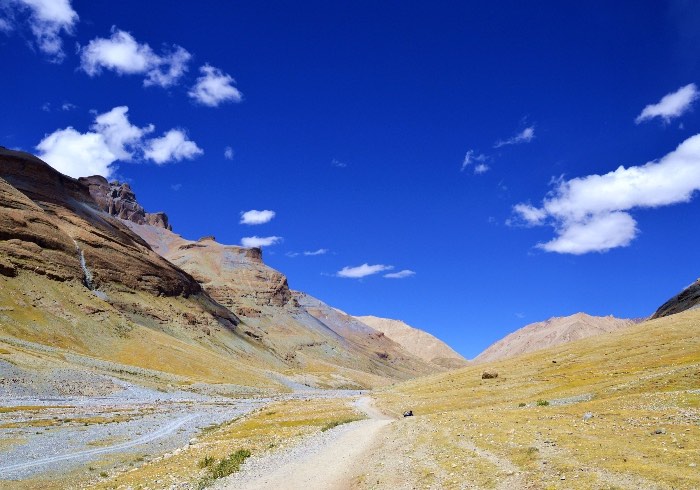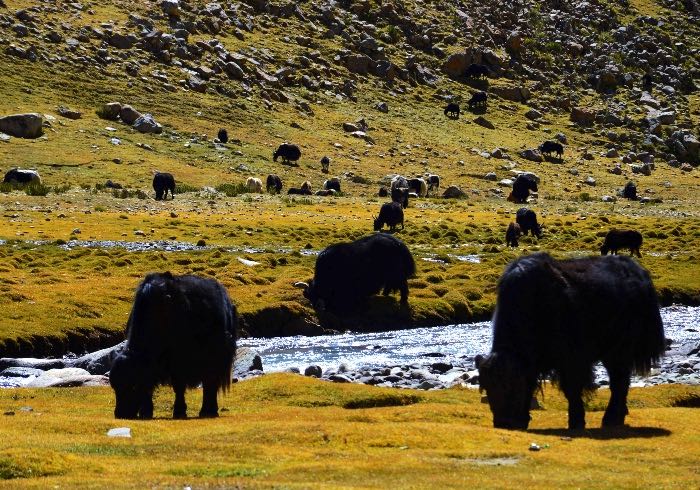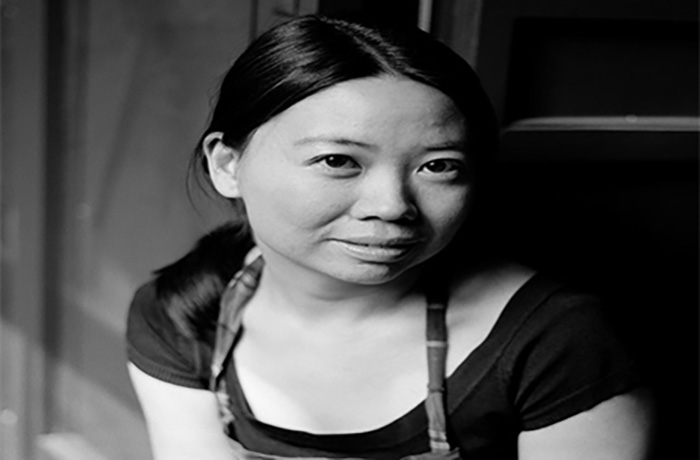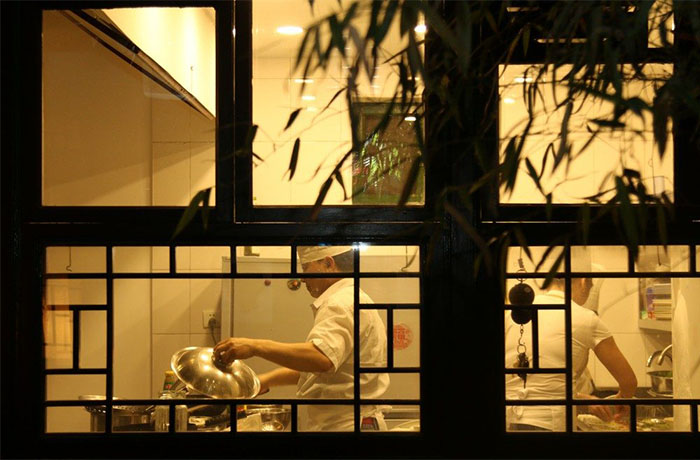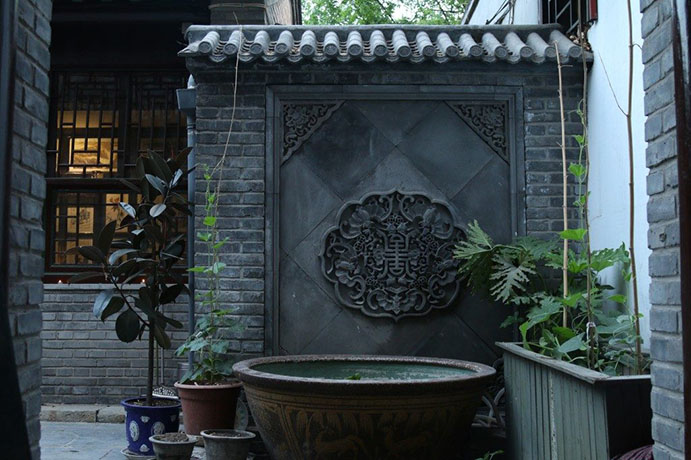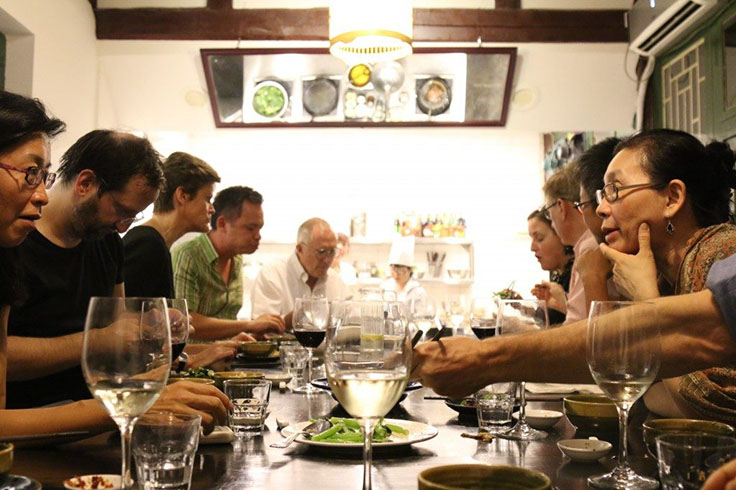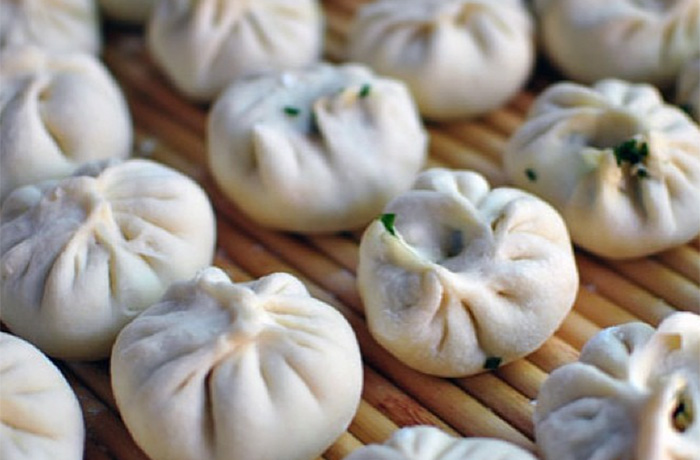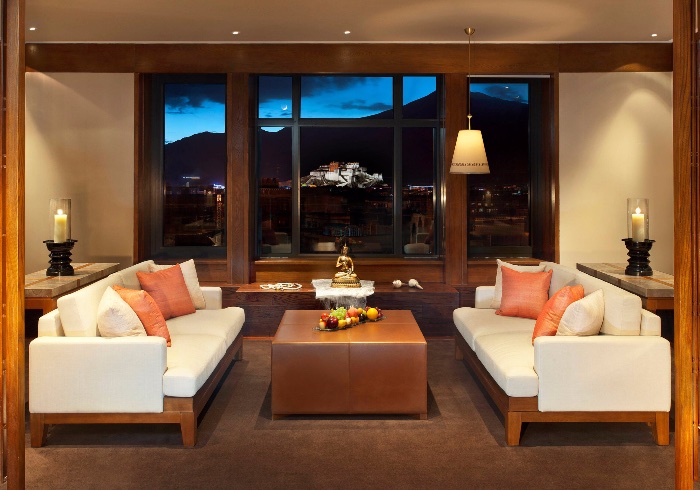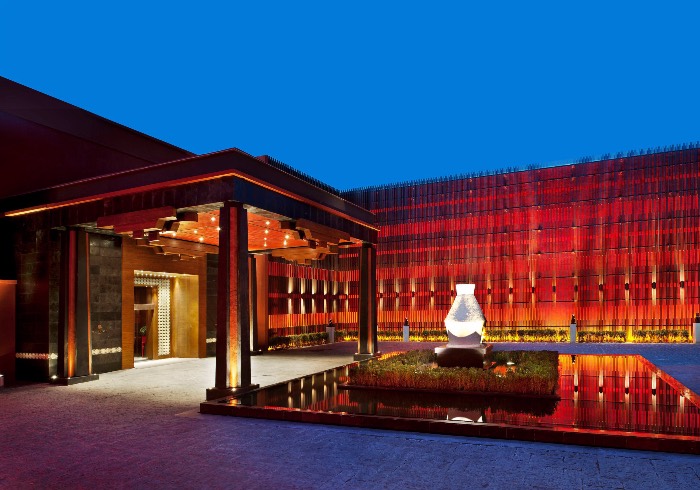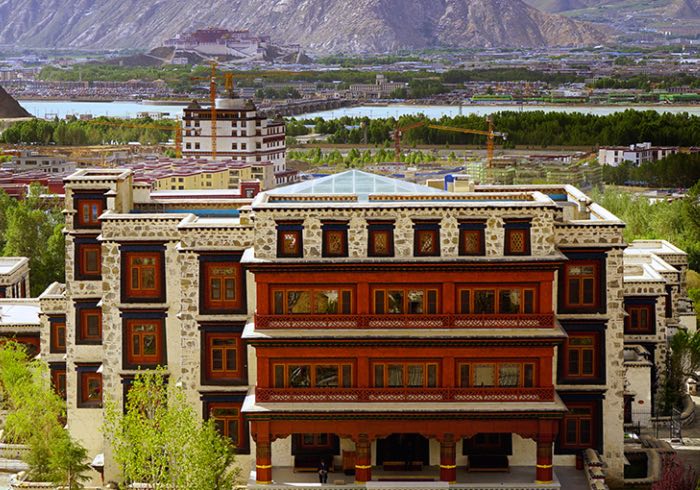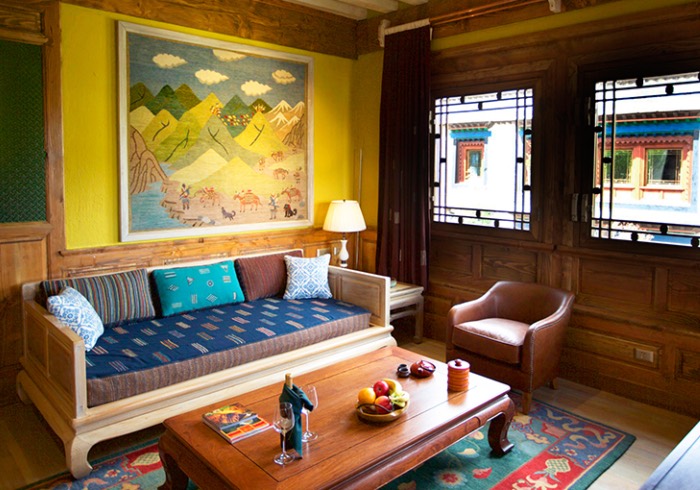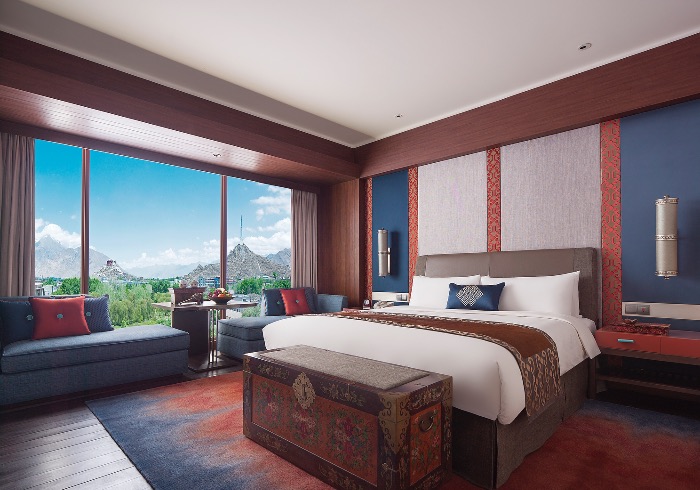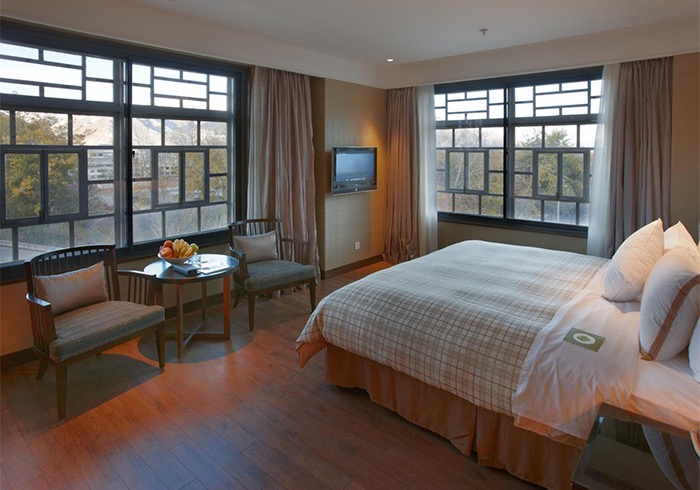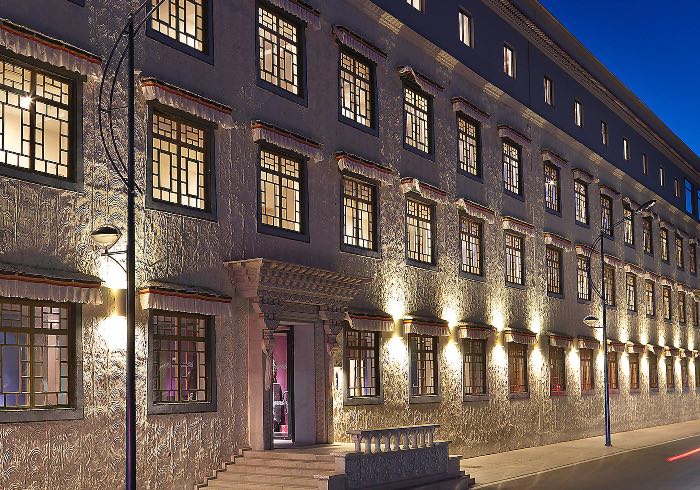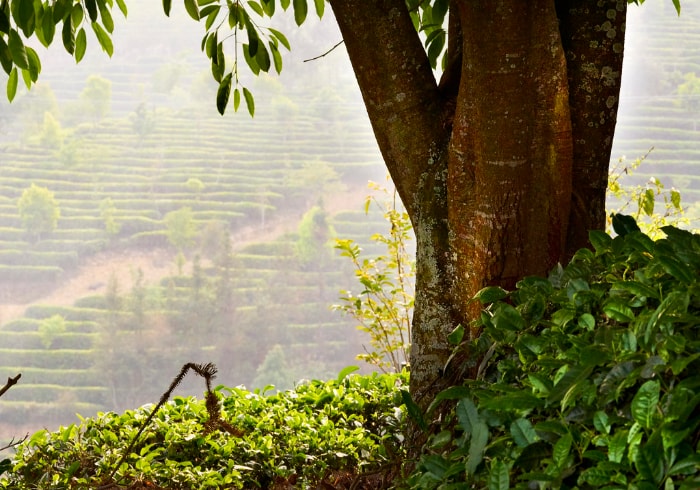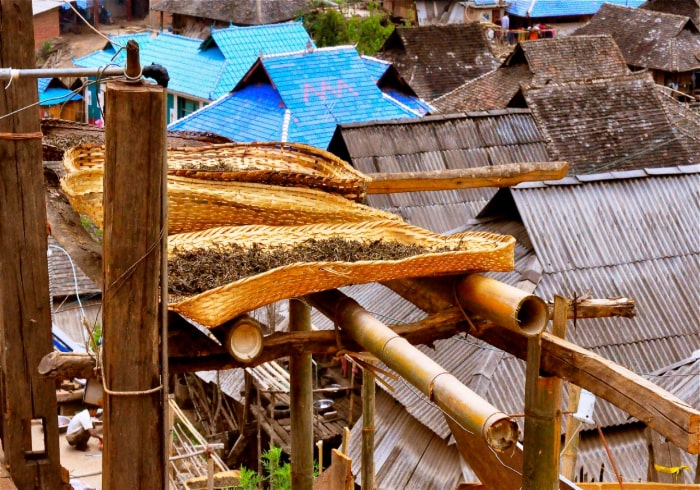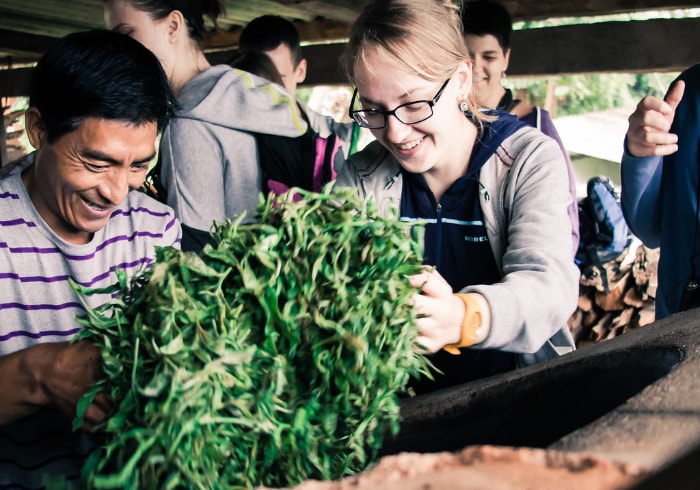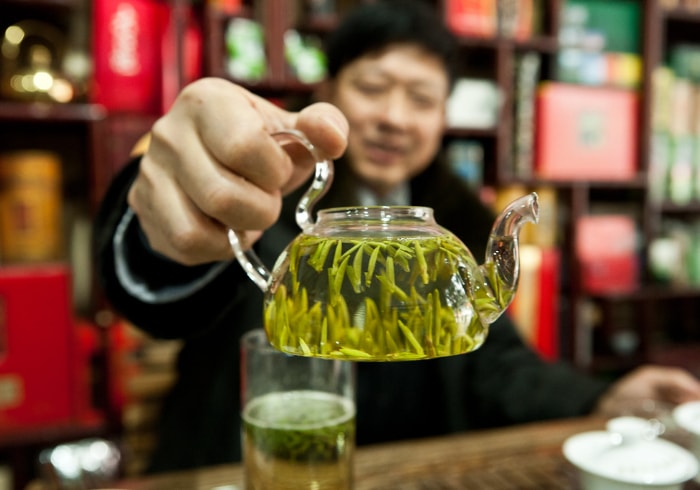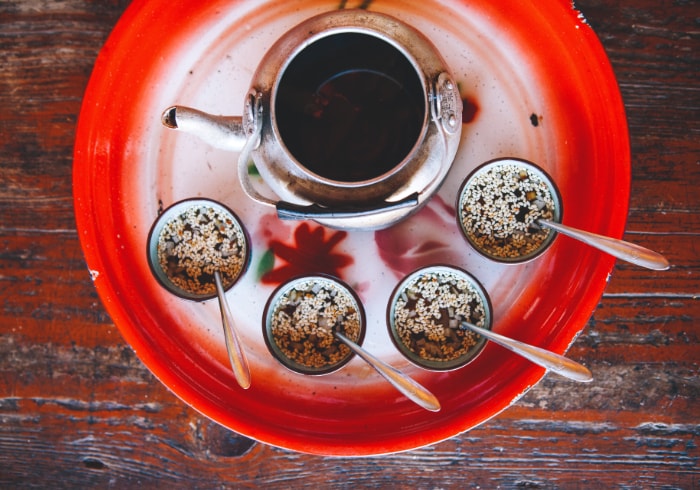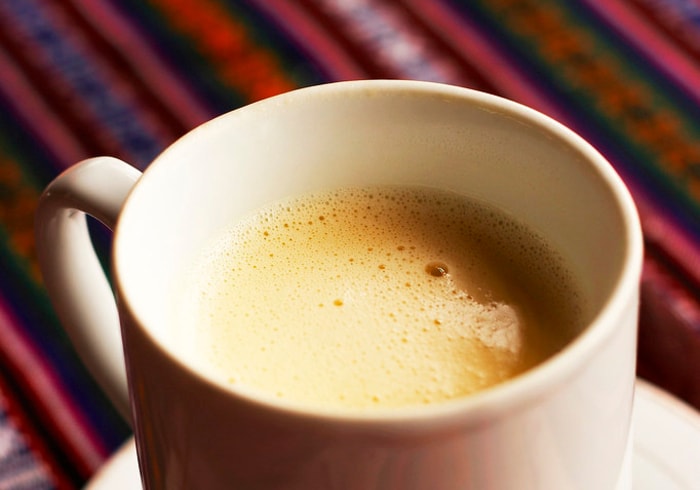For anyone curious about one of the world’s oldest societies and those who love learning and experiencing history, we developed our newest trip just for you. Created in conjunction with the Asia Society, it is aptly titled “Asia Revealed: An Archaeological Journey with Dr. Ye Wa”, allowing the more creative among us to imagine what Indiana Jones might feel like if he was exploring Asia today. For the rest, you’ll enjoy a firsthand experience of historical locations and how they exist today, receive expert insight into how life was like back then, and learn how the two are inextricably linked.
Introducing your Guide: Dr. Ye Wa
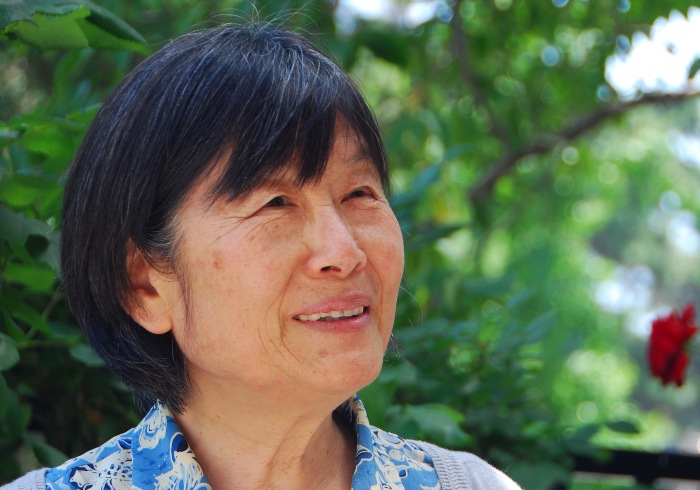
Dr. Ye Wa | Picture by AsiaTravel
Having completed her Bachelor’s degree in Xi’an, China, Dr.Ye Wa then traveled to the USA for her Master’s of Anthropology which she obtained from the University of Oregon and went on to complete her Ph.D. in Archaeology from UCLA. Her specialty perfectly matches this trip as her studies focused primarily on the Neolithic period and Tang dynasty mortuary practices. Since 2010, she has been co-directing the International Field School of Archaeology at Yangguanzhai in Shaanxi, China. She is currently focusing her efforts on understanding ethnoarchaeological approaches, Neolithic settlement patterns, and the relationship between patterns and specialized pottery production.
What You’ll Uncover: Journey Rundown
For the first three days, you will delve into the culturally and historically significant region in and around modern-day Xi’an including the Terracotta Warriors, the Great Mosque, Yangguanzhai (an 800 square kilometer archaeological dig site), tombs, and grottoes. It really starts you off with a bang, steeping you in the ancient culture and its modern-day reflections. For more present-day delights, you’ll wander through the Muslim Quarter and experience a variety of delicacies and small performances by the vendors.
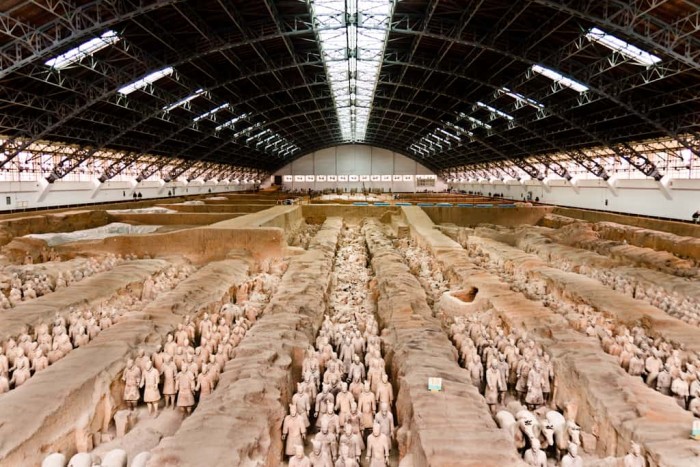
The Terracotta Warriors in Xi’an | Picture by Scott Swigart on Flickr
Comfortably early on the fourth day, you will jump on a speeding bullet train to head to your next major destination: Tianshui. Before heading to your accommodations, however, you’ll first be whisked off to the Maijishan Grottoes which contain a collection of over 7,000 Buddhist statues and murals boldly inscribed on a hillside rockface. But don’t fret – your luggage will be watched over the entire time and you’ll be able to enjoy the trip unencumbered. In the evening, you will be fascinated by a discussion entitled “Monks and Merchants” between your expert guide, Dr. Ye Wa, and the museum curator.
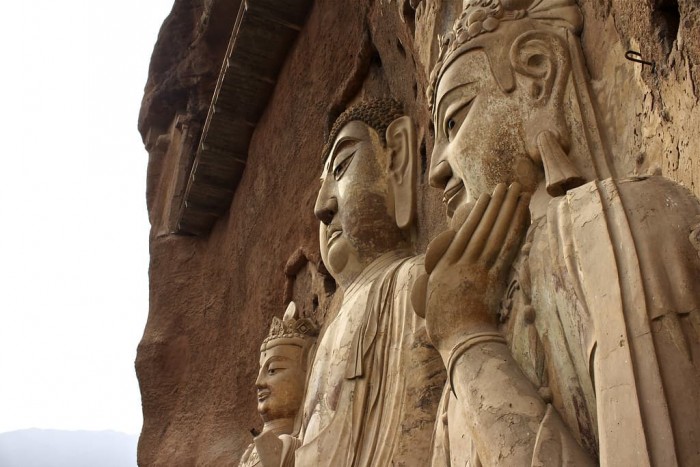
The Maijishan Grottoes | Pictue by kahumphrey on Flickr
On the following day, you will embark on a day trip to one of the largest remaining carved statues of Buddha in China. Then, after soaking up the history, you will have the evening to explore or relax at your leisure.
Finally, you will journey to the western city of Dunhuang for the remainder of your archaeological adventure. While there, you’ll stand in awe of the Mogao Grottoes, considered the pinnacle of Buddhist art and fashioned across 492 grottoes over the course of a millennium. You will also meet with the Getty Museum team, visit the Yulin Caves, inspect ancient farmland relics in Suoyang, and hear the rumbling sands (as dubbed by Marco Polo) of the Mingsha Sand Dunes. This is only a taste of the activities you’ll get to experience over the course of these days – we should leave some things as surprises, no?
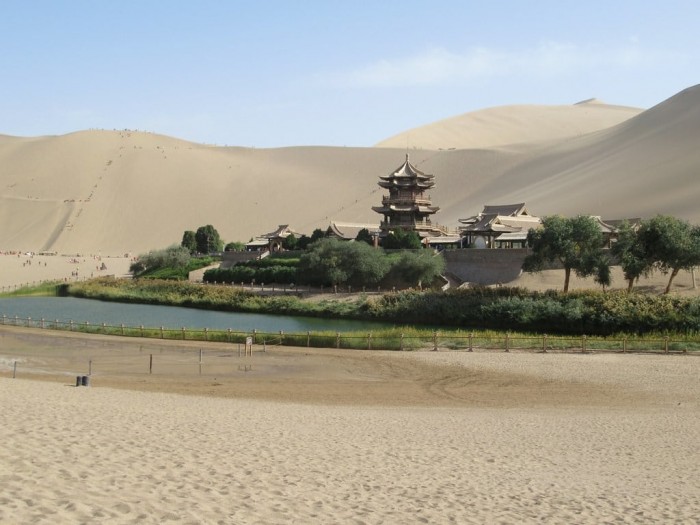
The Mingsha Sand Dunes in Dunhuang | Picture by David Stanley on Flickr
Expert Lectures
Over the course of this ten-day trip, you will also be treated to three unique expert lectures to help deepen your understanding of what you have seen or will see on the trip. Presented by or in partnership with Dr. Ye Wa, your expert guide, each lecture is part of a three-part series entitled “Conversations with the Past.”
The Silk Road Before the Silk Trade: Communications Between the East and West Prior to the 4th Century A.D.
This lecture will center around one of the largest Neolithic archaeological dig sites in China, Yangguanzhai, which covers an area of 800sqkm. It has been selected as a top 10 national archaeological discovery (first in 2013, then again in 2017). After the lecture, you will enjoy lunch with the director of this massive dig site alongside Dr. Ye, allowing you to partake in a discussion about the Silk Road’s role in establishing communications between the East and the West before the 4th century A.D.
“Monks and Merchants” — Buddhist Grottos Along the Silk Road
In addition to your expert tour guide, you’ll be introduced to Neil Schmid, a Scholar-in-Residence at the Dunhuang Academy. He also happens to be one of the world’s leading authorities on medieval Buddhism’s visual culture. He and the Getty team will provide you insight into their joint efforts with the Dunhuang Museum to promote the conservation of the Mogao caves and the sustainable tourism to these majestic Buddhist locations.
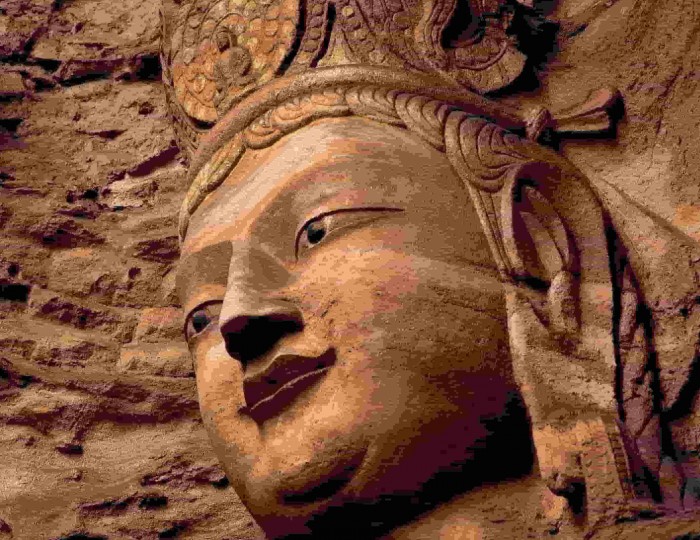
Mogao Grottoes | Picture by AsiaTravel
Conservation of Silk Road Treasures
The final lecture will again involve the Getty Museum team. For this discussion, the team will walk you through their other efforts to understand how to best approach sustainable tourism of the ancient Buddhist location, the Mogao Caves, and how they can conserve the splendor of the locations for years to come.
After all that adventure and history, you’ll be sent off in true AsiaTravel fashion – with a suitcase full of curios and a head full of unforgettable memories.

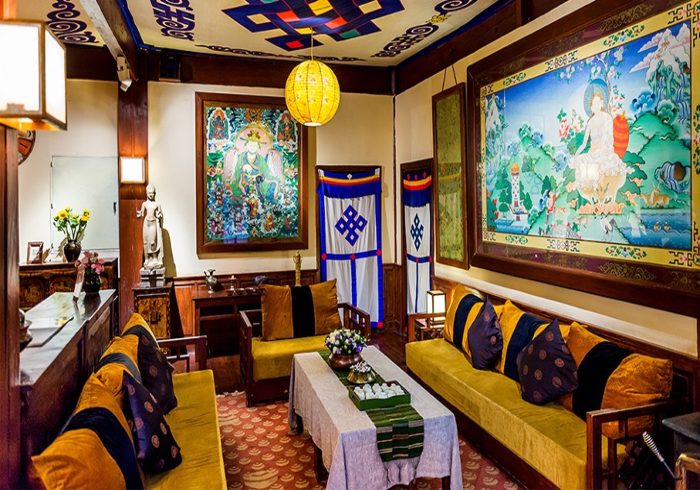
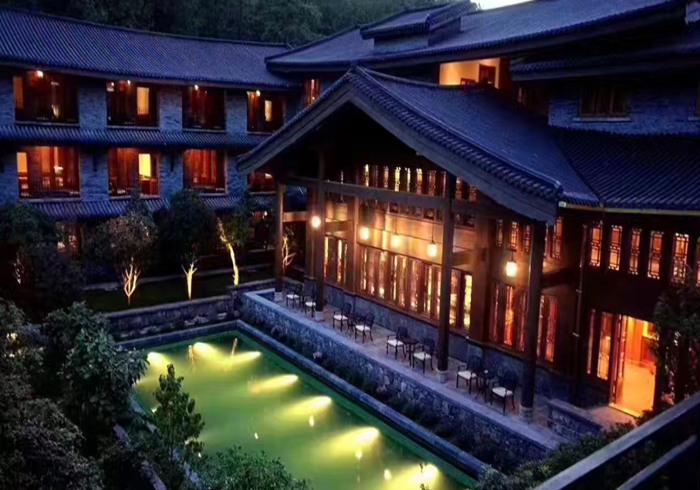
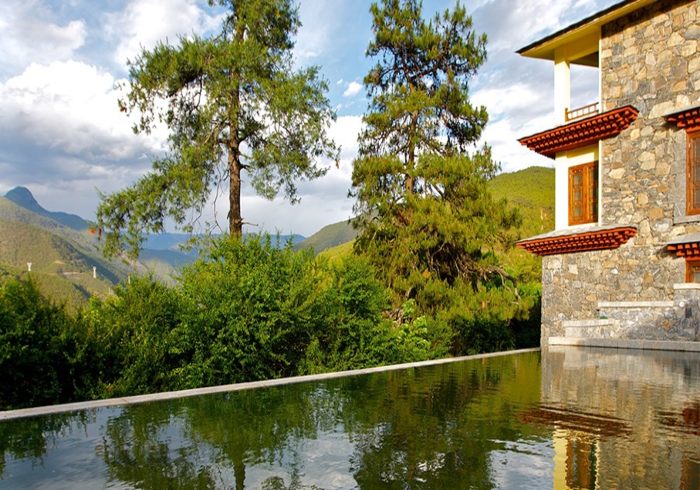
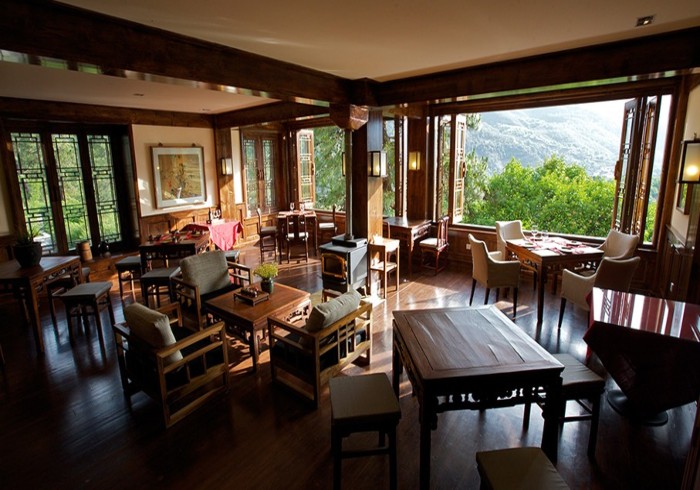
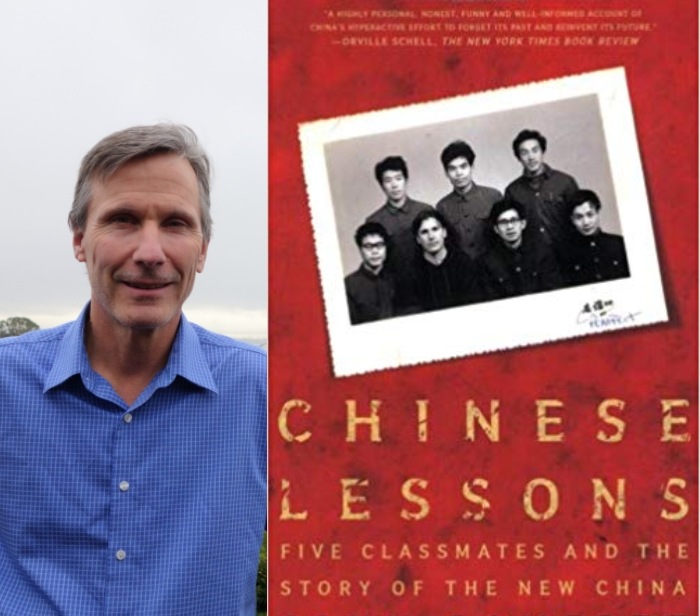
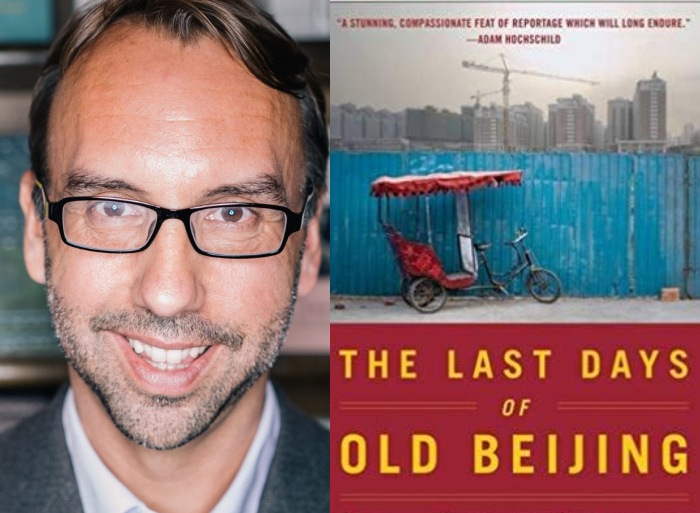
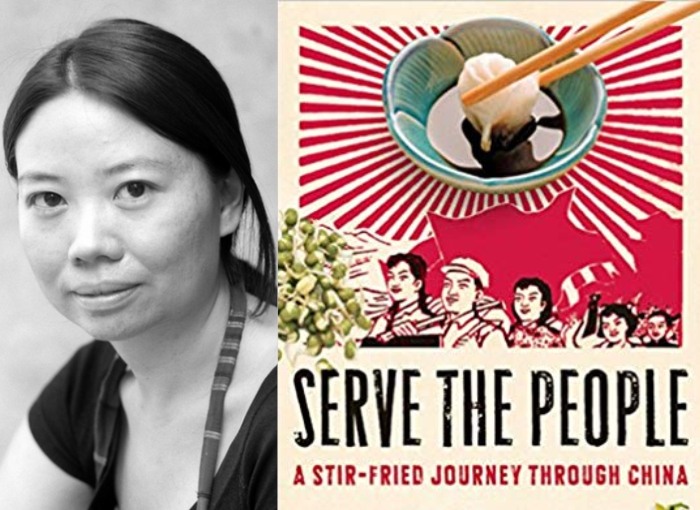
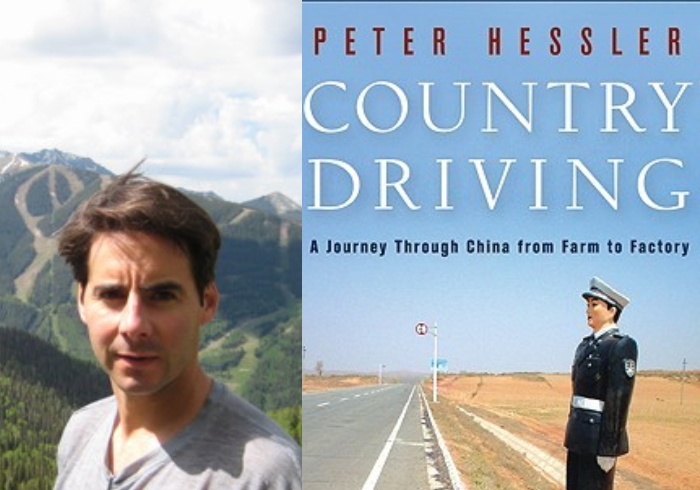
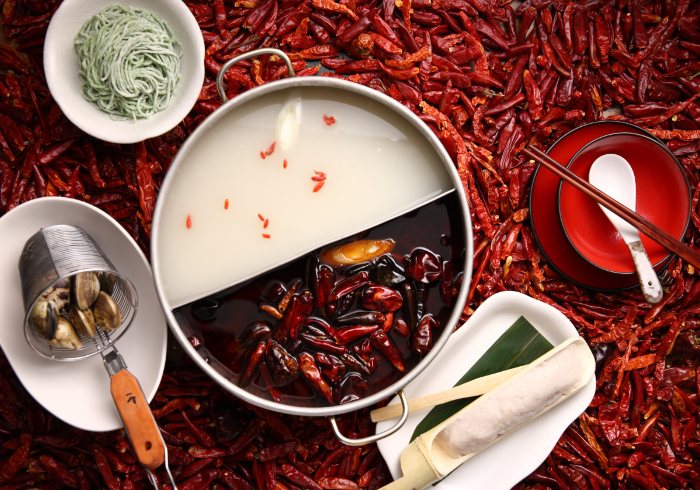
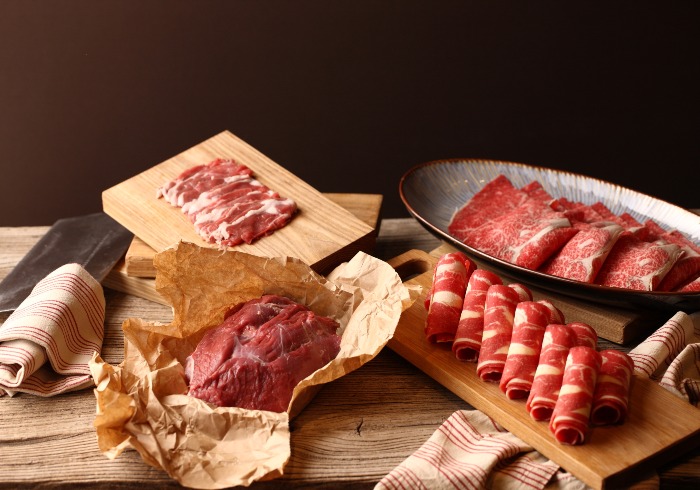
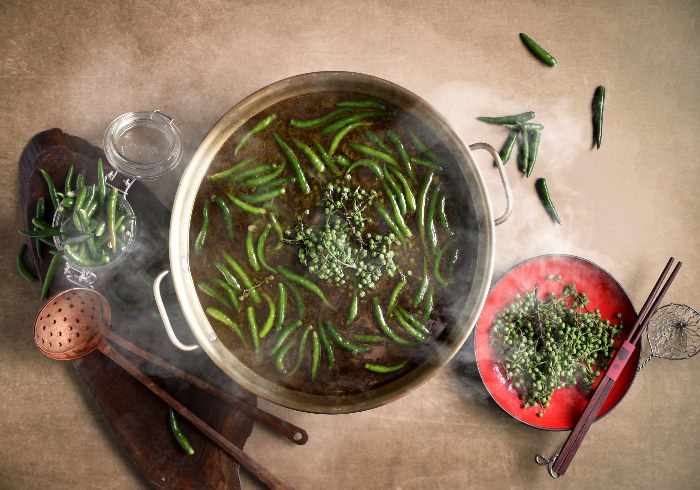
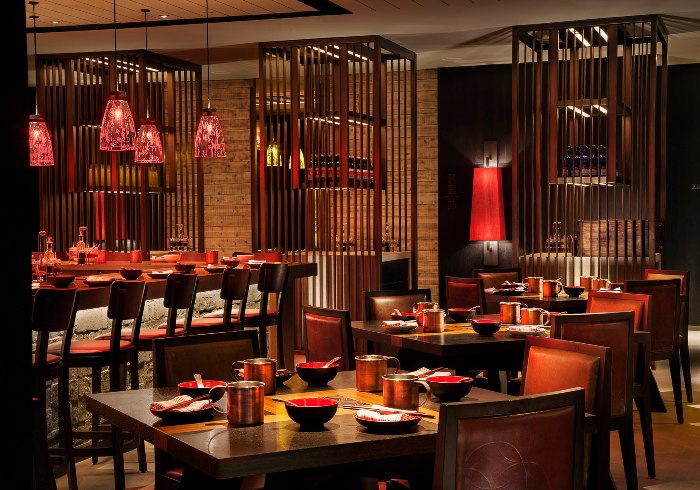
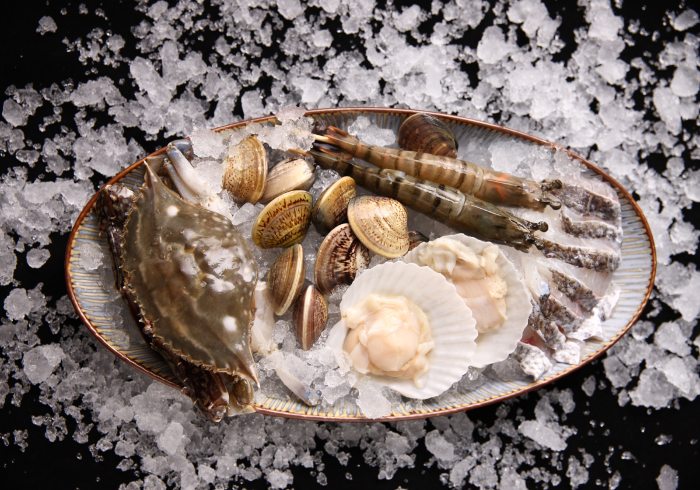

 A rugged Jeff Fuchs stares down the lens | Photo by Jeff Fuchs
A rugged Jeff Fuchs stares down the lens | Photo by Jeff Fuchs